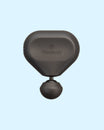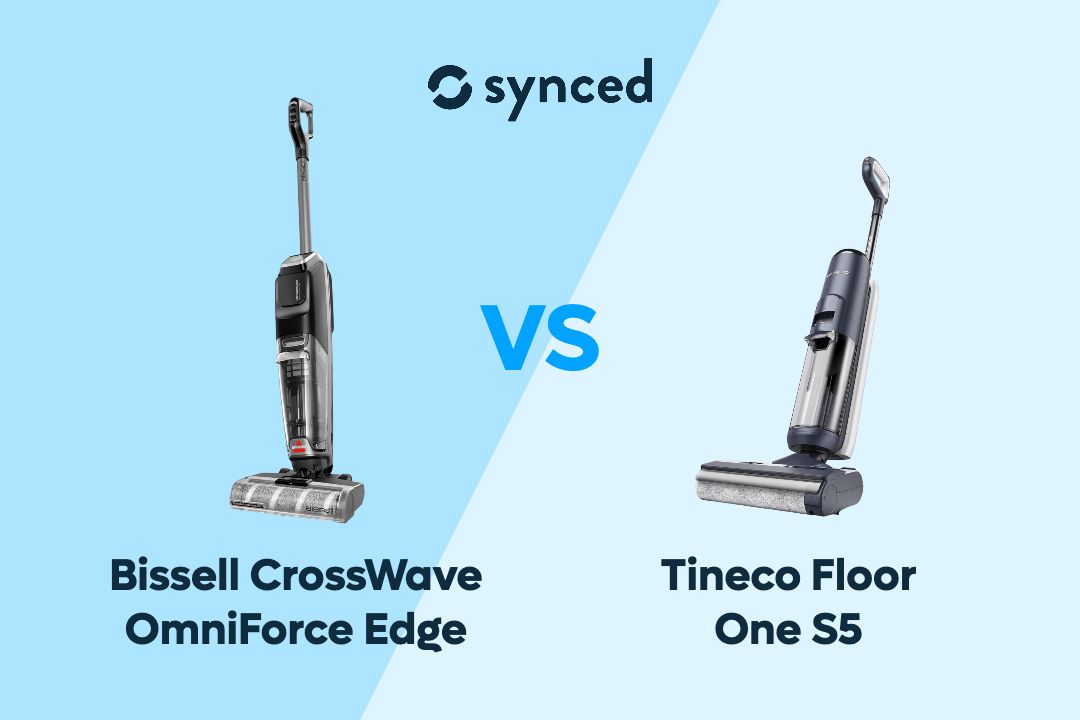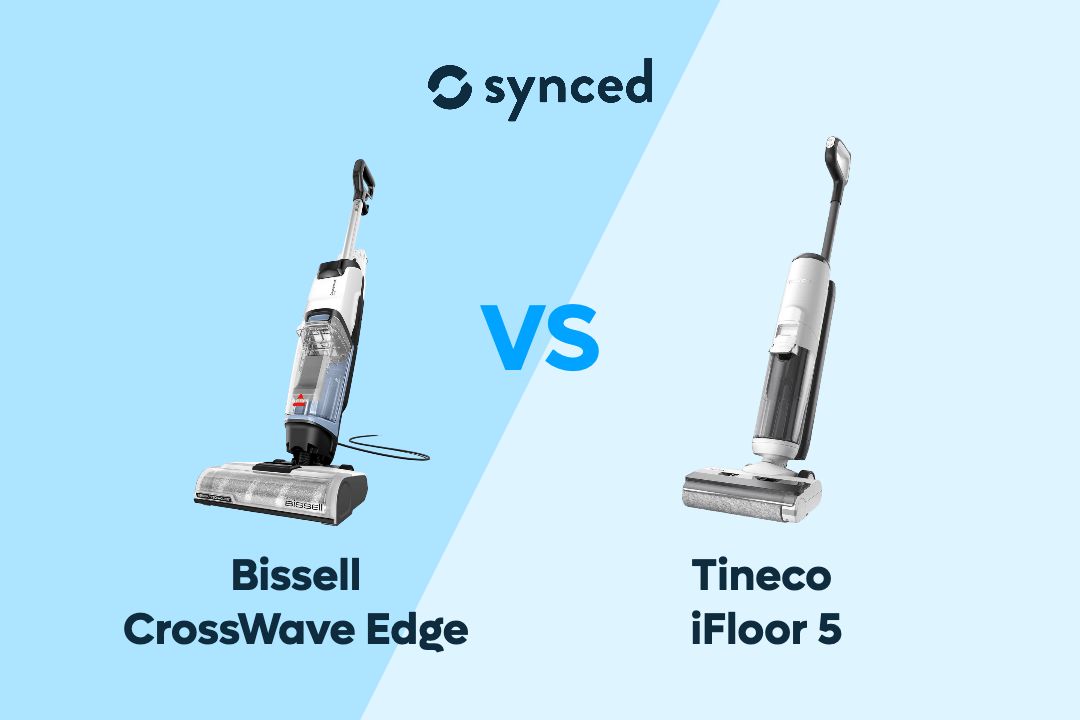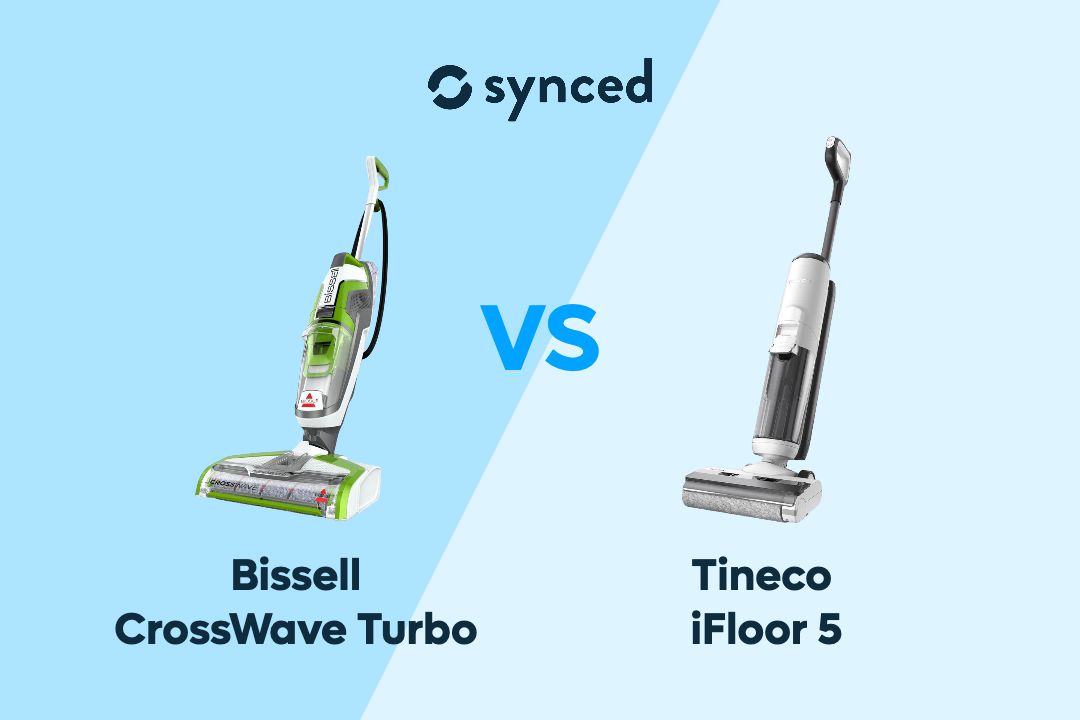Samsung S85D vs S90D: Entry-Level OLED TV Compared to the Mid-Range Model
By Naila Syifa
Updated May 2024

Samsung recently has released an entry-level OLED TV, the S85D, which offers excellent picture quality at a more affordable price point compared to the S90D model. However, what features are missing in the S85D? In which aspects does the S90D is superior? Let's explore both models in detail to uncover the similarities and differences between the two.
Key Takeaways
The key difference between the two is that the S90D supports a higher refresh rate up to 144Hz, which is an upgrade from the 120Hz refresh rate found in the S85D model. However, we can only take advantage of this when playing games connected to a compatible PC with 144Hz graphic card. Another difference is the speaker system, with the S90D featuring an additional subwoofer for enhanced bass reproduction, while the S85D relies only on two speakers.


Samsung S85D OLED TV
2024 Entry-Level Smart TV
✓ NQ4 AI Gen2 Processor
✓ Dolby Atmos and Object Tracking Sound Lite
✓ Motion Xcelerator 120Hz
✓ Samsung Tizen OS

Samsung S90D OLED TV
2024 Premium Smart TV
✓ NQ4 AI Gen2 Processor
✓ Dolby Atmos and Object Tracking Sound Lite
✓ Motion Xcelerator 144Hz
✓ Samsung Tizen OS
#1 Price

Samsung S90D OLED TV
Samsung S85D OLED TV starts at US$1,700 for the smallest 55-inch size, which is a great price point for an entry-level OLED TV.
Samsung S90D, as a mid-range model, is a few hundreds more expensive. The 55-inch model is priced at US$2,000 while the 65-inch model costs US$2,700. However, the S90D will offer smaller 42-inch and 48-inch sizes that the S85D doesn't have, which can be a good fit for people who want the mid-range model at a more affordable price tag.
#2 Design

Samsung S85D OLED TV
Samsung S85D and S90D both look modern and visually pleasing, featuring a slim profile and bezel-less appearance like most other modern smart TVs in the market.
Samsung also emphasized that the S85D features a Contour Design that looks "elegant and bold with a wave-inspired structure", but there is nothing special about the design that sets it apart from the S90D.
One very small aspect that you can either consider or ignore is the slight difference in thickness between the two models, with the S85D being a few millimeters slimmer. While the S85D has a thickness of 1.3" (33 mm), the S90D has a thickness of 1.57" (39.9 mm). Regardless, both models are incredibly thin and will look great mounted on a wall or placed on a TV stand.
#3 Picture Quality

Samsung S90D OLED TV
Despite its lower price point, Samsung S85D is not far behind the mid-range S90D when it comes to picture quality. Both TVs feature the same OLED panel and NQ4 AI Gen2 Processor that supports AI-powered 4K upscaling to enhance lower-resolution content.
Samsung S85D also offers Pantone-validated color, OLED HDR+, and Real Depth Enhancer, all of which are also offered by the S90D to deliver stunning visuals with lifelike colors and deep blacks.
Filmmaker Mode is also supported on both models, allowing for accurate reproduction of the filmmaker's creative intent for a cinematic viewing experience at home.
#4 Audio Quality
Samsung S90D OLED TV
Samsung S85D and S90D both offer Dolby Atmos and Object Tracking Sound (OTS) Lite, which respectively provide an immersive 3D audio experience and realistic sound that follows the on-screen action. Active Voice Amplifier Pro is also present on both models, enhancing dialogue clarity by detecting and amplifying voices over background noise.
One small difference in terms of audio is the addition of a subwoofer in the S90D for deeper bass. While both TVs offer two speakers for stereo sound, the S90D's subwoofer adds an extra dimension to the sound.
#5 Smart Features

Samsung S85D vs S90D OLED TV
Both Samsung OLED TVs have a range of smart TV features that make them convenient and easy to use, and there is no notable difference between the S85D and S90D in this regard.
Both are powered by the user-friendly Samsung Tizen OS, which offers a wide selection of streaming apps and services. You can use the built-in Bixby and Alexa voice assistants to control the TV hands-free, or use the SmartThings Hub functionality to control compatible smart home devices you have, such as lights, thermostats, or security cameras.
Samsung TV Plus offers a wide selection of movies and TV channels that you can access for free. You can even watch up to 2 content at the same time with the Multi View feature supported on both models, such as watching a live sports game while also keeping an eye on the news.
#6 Gaming Support

Samsung S90D OLED TV
Samsung S85D and S90D OLED TVs are also great for gamers, as they offer a range of gaming features that enhance the gaming experience, such as low input lag and variable refresh rate support. Gaming Hub provides quick access to popular games, while Game Bar allows you to easily adjust game settings without leaving your game.
AMD FreeSync Premium is also supported on both models, minimizing screen tearing and stuttering for a smoother gaming experience.
What gives the S90D an edge over the S85D is its support for 144Hz gaming. The Motion Xcelerator 144Hz feature in Samsung S90D enables smoother and more responsive gameplay compared to the S85D which supports only up to 120Hz refresh rate with its Motion Xcelerator 120Hz. However, to enjoy ultra-fast 144Hz gaming, you'll need a compatible gaming PC with a high-end graphics card. This feature may not be as relevant for console gamers or those without a powerful gaming PC.
Samsung S85D vs S90D OLED TV
Final Thoughts

Samsung S85D OLED TV
Despite being an entry-level OLED TV, Samsung S85D offers many of the similar features that the mid-range Samsung S90D offers, from NQ4 AI Gen2 Processor, Pantone-validated colors, Dolby Atmos, Object Tracking Sound (OTS) Lite, SmartThings Hub, and many others.
Samsung S90D has an additional subwoofer that the S85D lacks, but its influence on the overall audio experience may be minimal for most users.
Samsung S90D also supports 144Hz gaming, an upgrade from the 120Hz refresh rate of the S85D. However, if you don't own a high-end gaming PC, or if you don't even play games on TV that often, the 144Hz support may not be a crucial factor for you.
Therefore, the Samsung S85D can provide better overall value for money for most people who want to enjoy an OLED TV without breaking the bank.
If you like to read more about Smart TVs, check out our other relevant guides here:
Samsung S90D vs S95D
Samsung S90C vs S90D
Samsung S95C vs S95D
LG C4 vs Samsung S90D
LG C4 vs Samsung S95D
Don't miss out on tech
Subscribe to our newsletter to stay up to date on the latest tech trends and guides on the best gadgets around.







